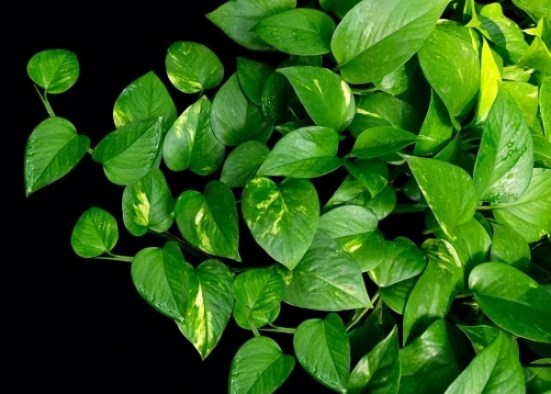Indoor house plants can add life and vibrance to a home’s décor. Those of us that have pets know they tend to get into mischief from time to time and like to play with plants that may be in our homes.
Did you know that many are toxic to cats and dogs? Here is a list of 8 toxic house plants that I commonly see in homes with pets during inspections right here in Colorado.

Philodendron: There are over 450 varieties of this plant found in local stores and nurseries. All have been found to contain calcium oxalates. When chewed or ingested, can cause swelling of the mouth and tongue, excessive drooling, vomiting, and respiratory issues.
Pothos: Pothos is a genus of flowering plant in the Aureum family that include various types of viny plants. A common variety is often referred to as “Devil’s Ivy”. This viny plant looks very similar to certain varieties of philodendron and carry the same harmful properties.


Peace Lily: The Peace Lily is a popular plant that is characterized by dark green glossy oval shaped leaves and a prominent white flower. Like the aforementioned plants, calcium oxalates exist within the foliage, typically in higher amounts.
English Ivy: This viny plant is often found indoors as well as outdoors. It is not usually harmful to humans, however, can be to certain animals like cats and dogs. It contains compounds known as polyacetylene and hederagenin. Ingesting these compounds can result in vomiting, abdominal pain, hypersalivation, diarrhea, and even dermatitis (skin) issues.


Jade Plant: This rubbery leaved succulent is quite popular as it is very low maintenance, however, it is highly toxic to cats and dogs if ingested. Symptoms include vomiting, diarrhea, dehydration, slowed heart rate, and in very sensitive animals it can lead to death. It is unclear why this plant is so toxic, but there are currently several studies underway.
Elephant Ear: Also known as Alocasia can be harmful to not only pets, but to humans and wildlife as well. It contains oxalates like many of the plants mentioned before, but in much higher concentrations. This plant should be kept awa from children as well as pets.


Poinsettia: The traditional plant found around Christmas have been given a bad rap when it comes to toxicity, however if ingested by our fury friends, they are usually only mildly toxic and may only result in vomiting and slight diarrhea.
Aloe: Although aloe is used in many types of skin treatments, soaps, and shampoos (including dog shampoo), should a dog or cat eat the plant, they could get very sick. Aloe Vera contains saponins and anthraquinones. Ingestion can lead to severe vomiting and diarrhea in pets.

This list does not cover every plant that has been known to be toxic to pets. As a matter of fact, there are a substantial number of plants that can make our pets sick if they ingest the leaves, stems, flowers, or sap. When purchasing indoor plants for your home, be sure to do your research. Remember, your pet’s safety and well-being depend on you.
